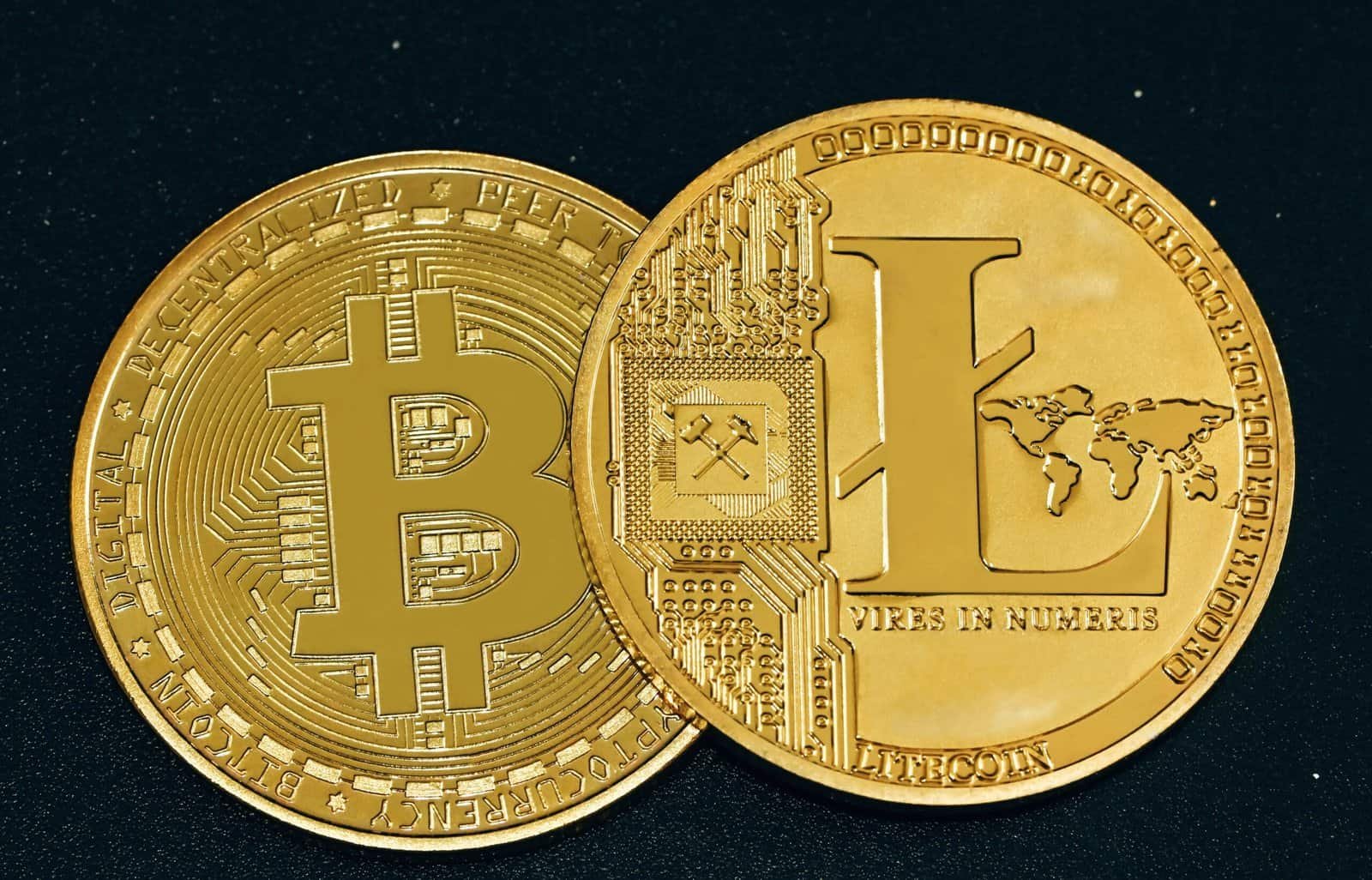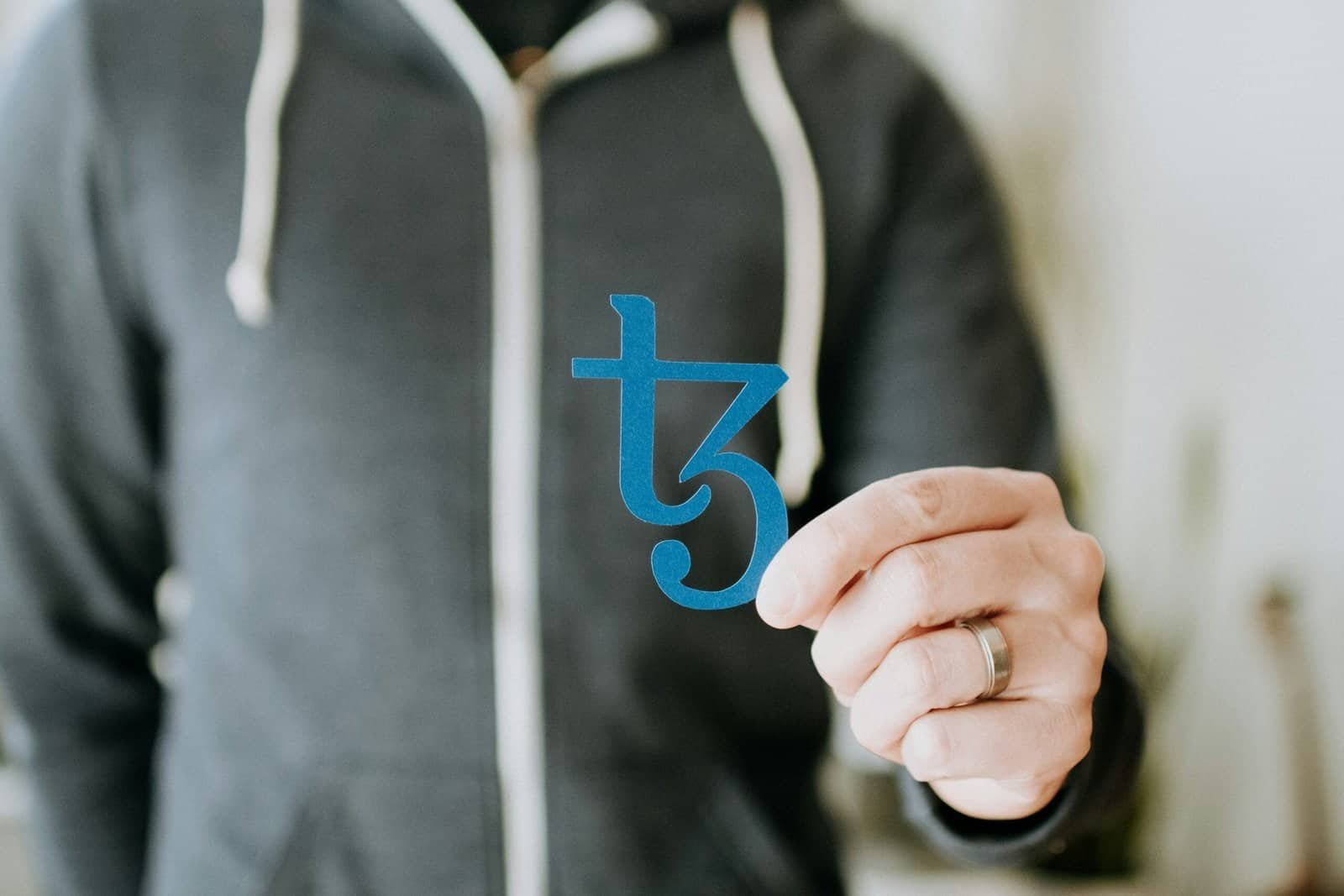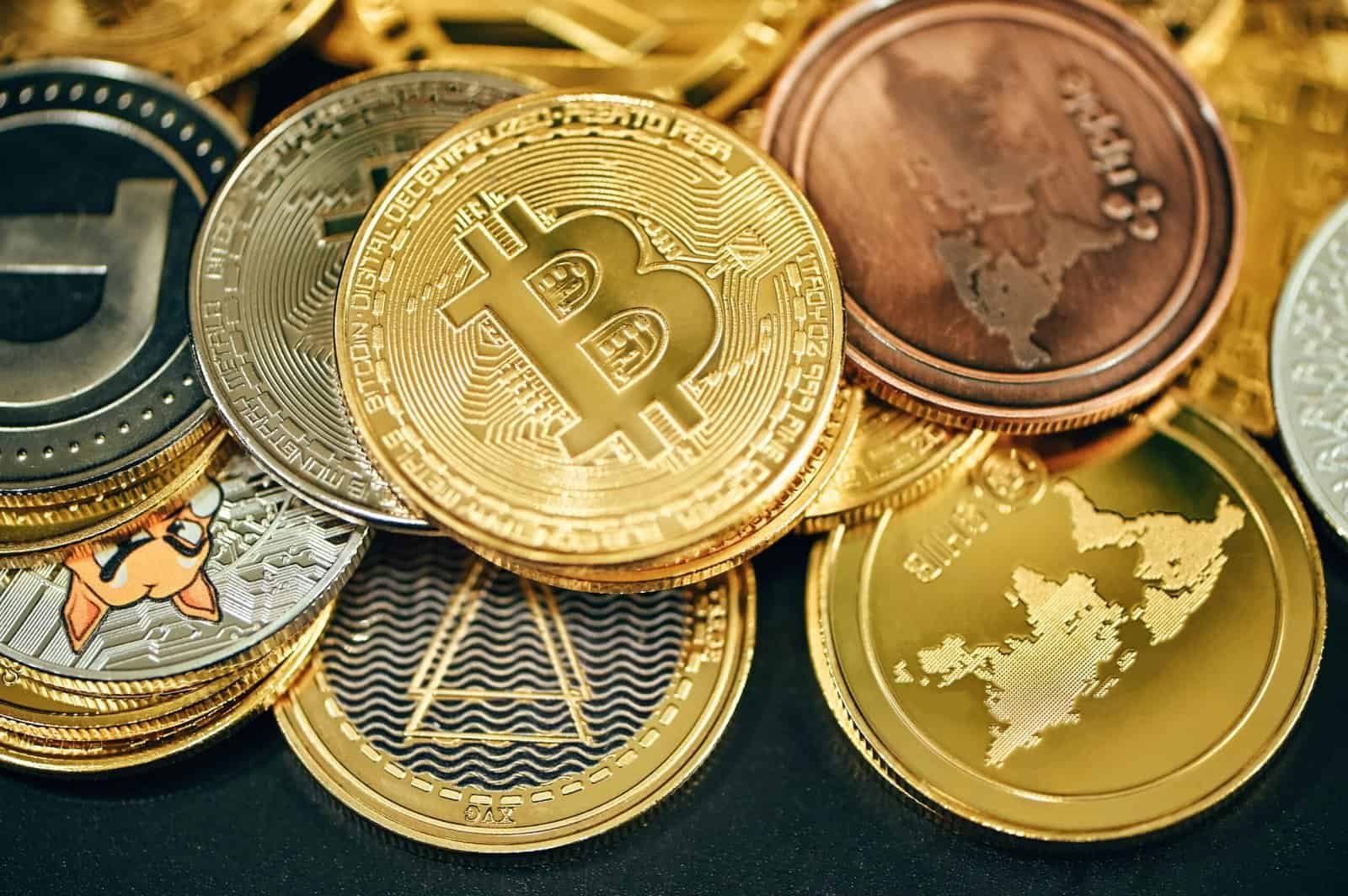Have you ever wondered how the future of energy management could change with blockchain technology? That’s precisely what SolarNet Coin is aiming to achieve—transform the world of solar energy with a decentralized grid management approach. In our journey to understand SolarNet Coin, we will break down its components, explore its benefits, and understand the challenges it faces. In this engaging narrative, you will uncover how SolarNet Coin might just be the key to revolutionizing solar energy distribution.

Understanding SolarNet Coin
What is SolarNet Coin?
SolarNet Coin represents a promising concept in the energy sector, where solar power generation and distribution are managed through blockchain technology. This digital currency is not a mere financial asset but serves as a utility token within a decentralized solar energy grid. The idea is to enhance the efficiency, transparency, and reliability of solar power management.
The Significance of Decentralized Solar Energy Management
At the heart of SolarNet Coin lies the idea of decentralization, which removes the control of energy distribution from central power authorities and spreads it across various participants within the network. This approach not only democratizes energy distribution but also creates a robust system against outages and inefficiencies, fostering an era where users can own and control their energy use more directly.
How SolarNet Coin Works
Blockchain Technology and Energy Grids
Blockchain technology creates a transparent, immutable ledger that records every interaction within the energy grid. For SolarNet Coin, each unit of energy generated is logged into this blockchain, ensuring every transaction is recorded with precision. This technology assures consumers of the source and the quality of the energy they receive while offering providers with detailed data to optimize production.
The Role of Smart Contracts
Smart contracts play a crucial role in SolarNet Coin’s operations. These self-executing contracts, built on blockchain technology, automate transactions based on pre-set conditions without the need for intermediary services. For solar energy, this means energy sales, purchases, and redistributions occur seamlessly, reducing administrative overhead and preventing transactional bottlenecks.
Peer-to-Peer Energy Exchange
One of the most transformative aspects of SolarNet Coin is its capacity to facilitate peer-to-peer energy exchanges. Instead of solely relying on centralized entities, individuals and small businesses can directly trade surplus energy. This not only empowers local energy producers but also encourages the development of more sustainable energy practices at grassroots levels.
Benefits of Using SolarNet Coin
Increased Efficiency in Energy Distribution
By decentralizing the control of energy distribution, SolarNet Coin reduces the chance of bottlenecks and single-point failures. The blockchain-driven system allows for dynamic adjustments in energy flow, ensuring that energy distribution aligns with immediate consumption needs.
Enhancing Transparency and Security
Blockchain’s inherent transparency means every SolarNet Coin transaction is traceable, making the system more accountable and harder to manipulate. This transparency fosters trust among users, both in the system and in their energy providers, while also enhancing security against fraud and cyber threats.
Promoting Sustainability and Renewable Energy
By bringing solar energy management to a decentralized model, SolarNet Coin promotes the use of renewable resources. Participants in this ecosystem are incentivized to choose sustainable energy options financially, leading to a larger collective investment in solar technologies and infrastructure over time.
Facilitating Global Energy Access
One of the more compelling prospects of SolarNet Coin is its potential to democratize access to energy on a global scale. In underserved or unconnected areas, decentralized grid management can provide solutions where traditional infrastructure has failed, bringing light and power to those who need it most.
Challenges Facing SolarNet Coin
Technical and Scalability Issues
Any new technology faces challenges, and SolarNet Coin is no exception. Ensuring the blockchain can handle vast numbers of transactions without compromising speed or cost is vital for widespread adoption. Moreover, the underlying infrastructure supporting solar energy must be robust enough to support the shift to a decentralized model.
Regulatory and Policy Hurdles
Different regions have different energy policies, and the introduction of a decentralized system like SolarNet Coin often requires navigating a complex web of regulations. Balancing compliance with such a diverse array of rules and ensuring regulatory bodies understand and accept these new technologies is critical.
Adoption and Consumer Education
Perhaps one of the most significant hurdles for SolarNet Coin is adoption. Consumers need to understand how this technology benefits them and feel confident in its reliability. Education will play a pivotal role in dispelling myths and building trust in this new way of managing energy.

The Future of Solar Energy with SolarNet Coin
Innovations in Solar Technologies
As the excitement around SolarNet Coin grows, so too does the innovation it inspires in solar technologies. From more efficient solar panels to advanced storage solutions, technology will continually evolve to match the growing demand for sustainable, decentralized energy.
Partnering with Energy Providers
Building a network of partners is essential for integrating SolarNet Coin within existing infrastructures. Collaborations could spell the success or failure of this venture, highlighting the importance of synergy between digital currency initiatives and traditional energy sectors.
Long-term Sustainability and Impact
In the long term, the widespread adoption of SolarNet Coin has the potential to redefine how we consume and produce energy worldwide. By empowering individuals to participate actively in managing their energy needs, we can collectively move towards a more sustainable, energy-efficient world.
Real-World Applications of SolarNet Coin
Case Studies of Successful Implementations
To better visualize the potential of SolarNet Coin, we can examine real-world implementations. These case studies provide insights into how communities have benefited from decentralized energy management and how challenges have been addressed.
Lessons Learned and Best Practices
From early adopters, valuable lessons have emerged that help inform best practices for future endeavors. Understanding these lessons is key to smoothing the path for subsequent implementations and maximizing the benefits of decentralized energy grids.
Tools and Resources for Setting Up a SolarNet Coin Network
Participants looking to engage with SolarNet Coin require access to the right tools and resources. This includes knowledge of blockchain, means of transaction security, and the physical infrastructure needed to support solar power generation and distribution.

Conclusion
The journey to a decentralized future in energy management is rife with possibilities and challenges alike. SolarNet Coin offers a novel approach that may transform how we generate, distribute, and consume solar energy. By leveraging blockchain technology, empowering people through peer-to-peer exchanges, and promoting global energy access, SolarNet Coin stands poised to contribute significantly to a sustainable future. As technology continues to evolve, so too will the ways we integrate such innovations into our everyday lives, bringing us closer to a more equitable, sustainable energy landscape.

